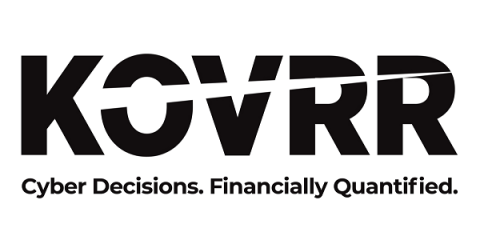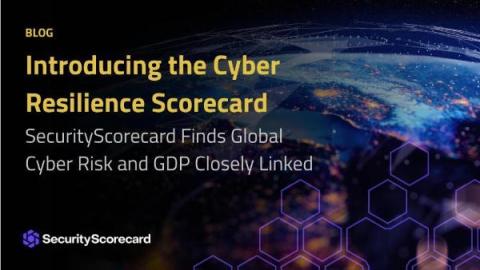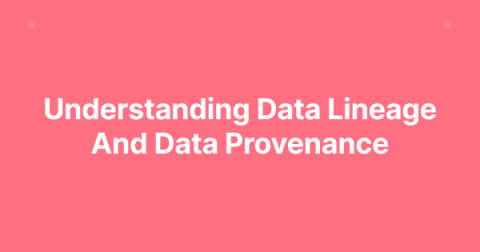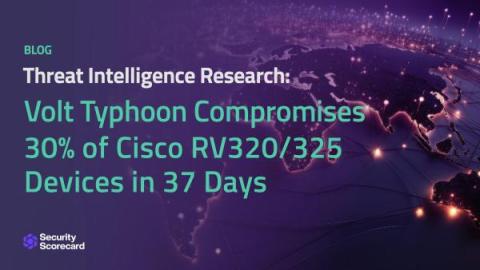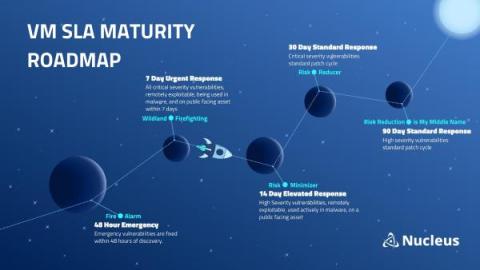Security | Threat Detection | Cyberattacks | DevSecOps | Compliance
Latest News
Introducing the Cyber Resilience Scorecard
This week at the World Economic Forum Annual Meeting, SecurityScorecard published the first Cyber Resilience Scorecard, offering leaders and decision-makers a comprehensive and global view of global cyber risk. SecurityScorecard identified a strong correlation between a country’s cyber risk exposure and GDP, which underscores that a nation’s economic prosperity is deeply intertwined with its ability to navigate the complex landscape of cyber threats.
Compliance Automation and Its Benefits for Reporting
What Are the 12 Requirements of PCI DSS?
CRQ Journey Part 3: Communicable, Calibrated, Granular Results
Shadow IT: Managing Hidden Risk Across Your Expanding Attack Surface
Understanding Data Lineage and Data Provenance
Data lineage and data provenance are related terms, but different. Lineage focuses on the origins and movements of data over time, while provenance focuses on the transformations and derivations of data from original sources. Provenance helps teams to follow the source of data and verify its authenticity, surfacing any potential risks or vulnerabilities. In other words, lineage is more about “where” data travels, and provenance is more about the “what” of data history.
Threat Intelligence Research
As part of our effort to make the world safer, SecurityScorecard has been tracking threat actor groups conducting cyberattacks on behalf of nation states.


